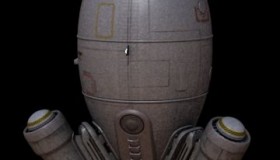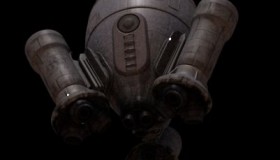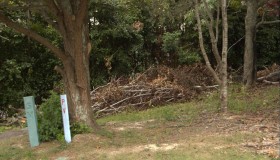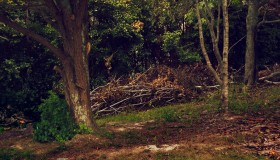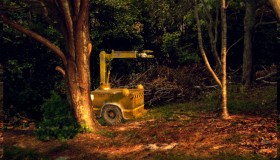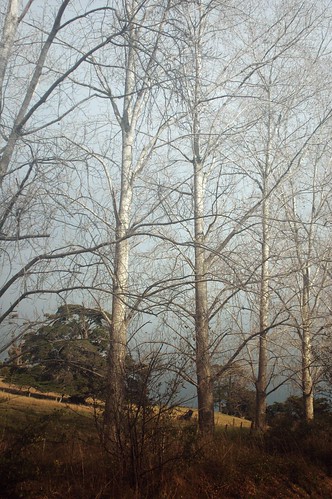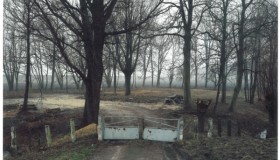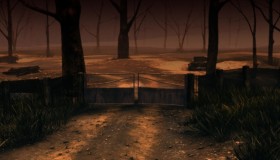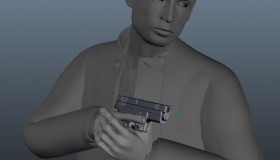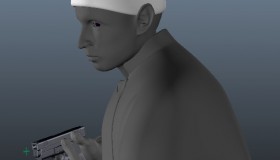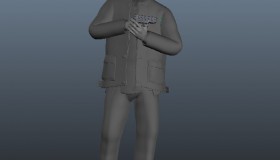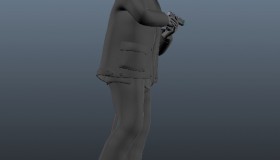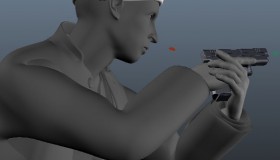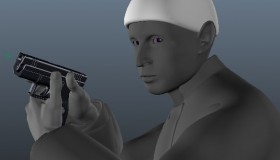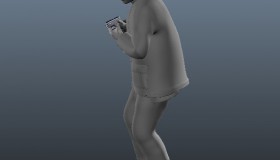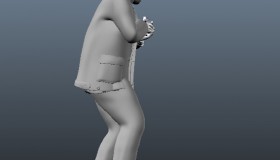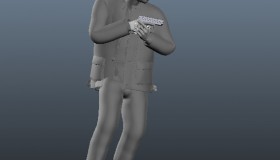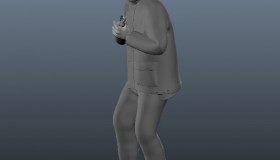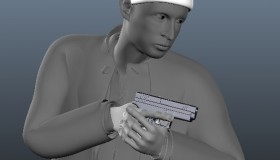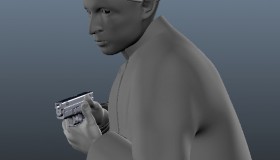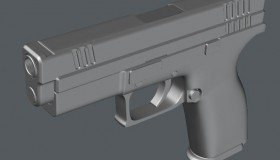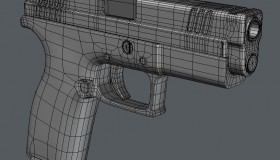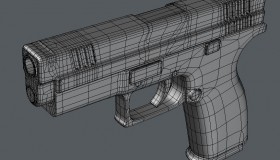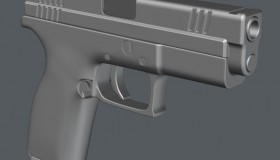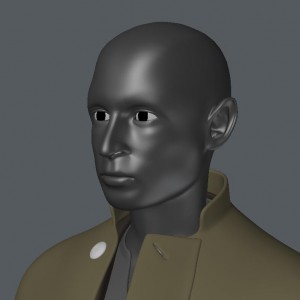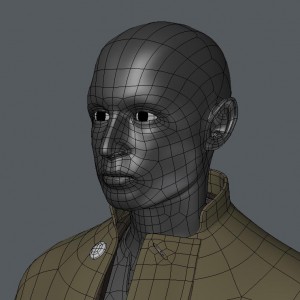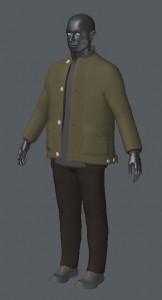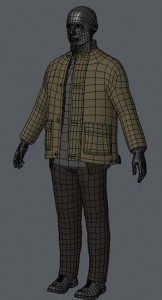About three weeks ago, I started learning Houdini. Such a long time coming. I remember, back in 1997, just before I started learning LightWave, I saw Houdini included in some CD ‘collection’; I can’t remember the version back then. I fired it up, but my trusty Pentium 133 ‘workstation’ was not able to cope. I left it at that, and in retrospect, I suppose that I probably would not have picked up 3D had I persisted in Houdini. I wouldn’t have understood it.
Fourteen years down the line, more than ten years later working in the CG industry, I seem to have gone back to that period of re-discovering Houdini. In the course of my CG life, I have learned to fit in the role of TD, and through a vast amount of trial-and-error I have learned to think procedurally. I wanted to learn Houdini because it supposed to coincide with it.
However, I didn’t want to learn Houdini for the sake of its much-advertised effects features. I wanted to learn it like every other application I’ve learned: holistically. I wanted to model, shade/texture, light, rig, animate, sim, and render in it. I want to be confident in the whole spectrum in Houdini. As I was pondering this, I remembered my first ever LightWave short called Old Rocketship, which I did in 1999 for three months. I did it while I was working for a non-CG company; I was frustrated and wanted to leave to find work in CG field. So the story is just about a ‘rocketman’ riding his rocketship out to the moon, and on the moon, he opens up a mailbox (?) and there he pulls out a piece of paper with a writing saying, “Have you done tried to leave yet?”
Yeah, I know, it’s weird, and the original edit was over five minutes long. But this sparked in me some old love. I decided that I was going to learn Houdini by re-creating this short. It would be like when I first picked up LightWave; now it would be Houdini, and I’ll improve upon it. But I also decided, just like back in 1999, to work within some time constraints. I would have to haul ass, because I would only give myself a maximum of three months to do this, with or without other professional obligations.
As of this date, I’ve finalised most of the rocketship (which is posted below), except that it’s not rigged yet. The rocketman’s design is still a WIP (sketches), and there is still the launch platform, the environment, and the rocket blast effects that needs to be considered.
